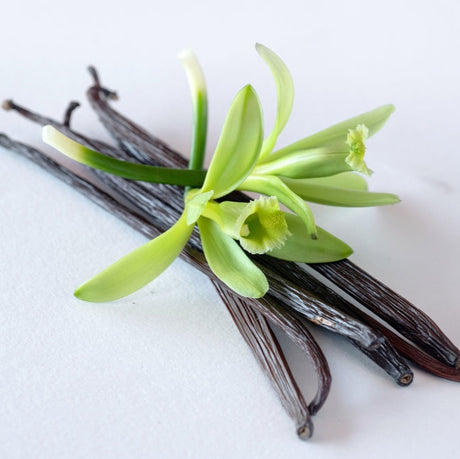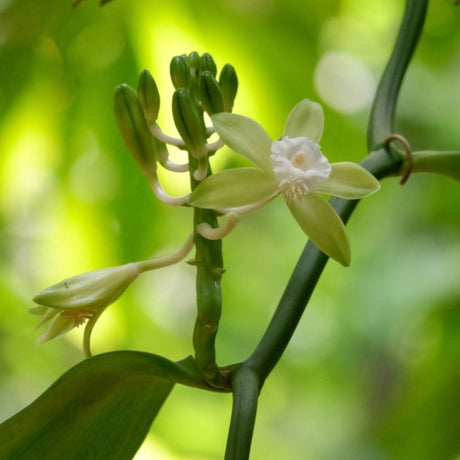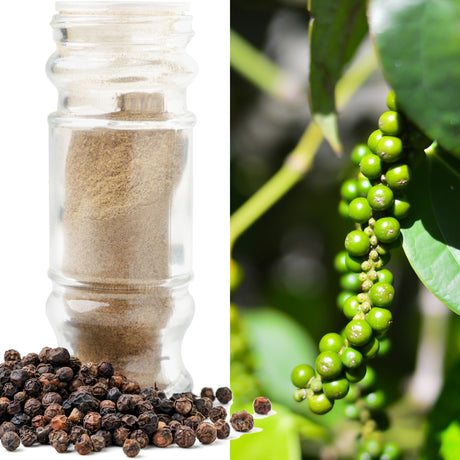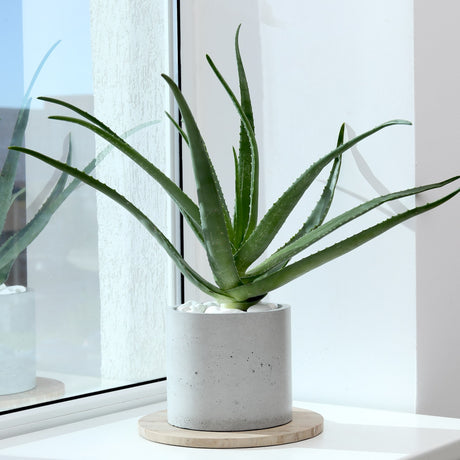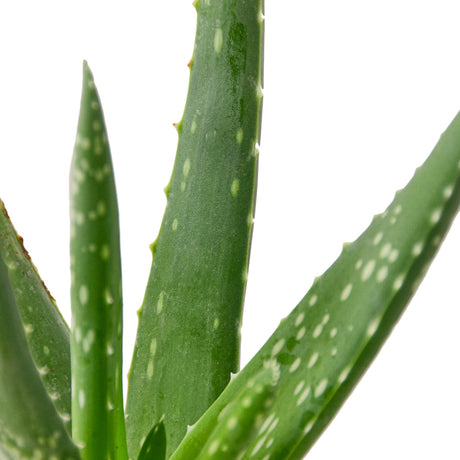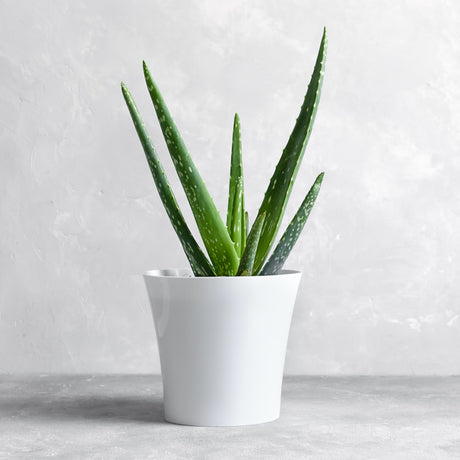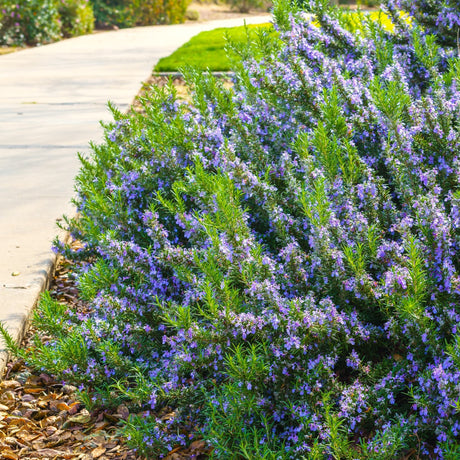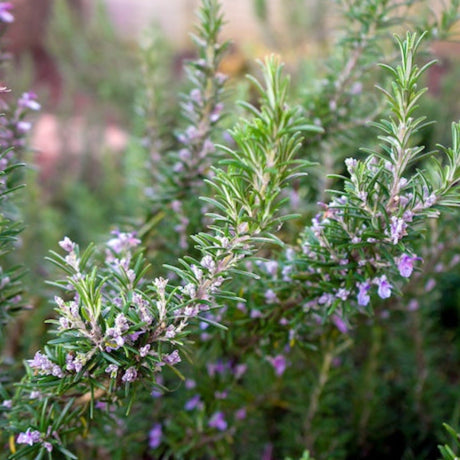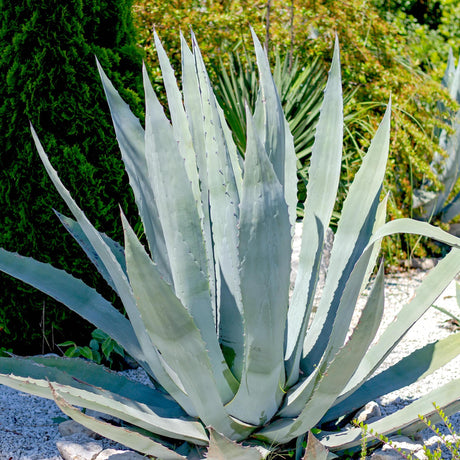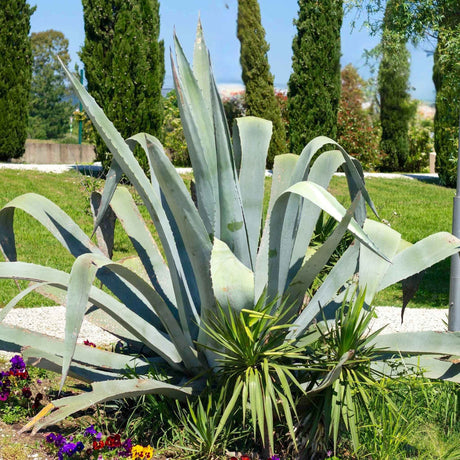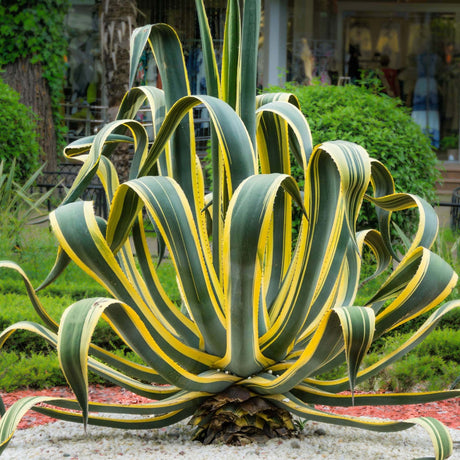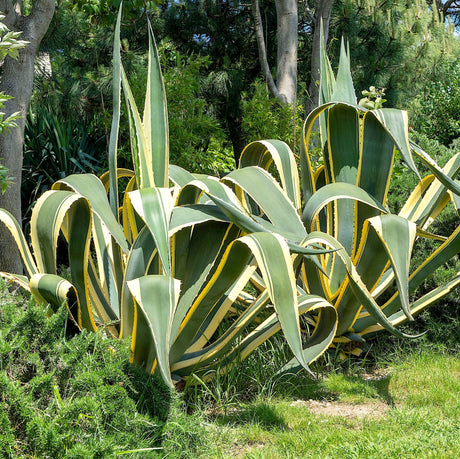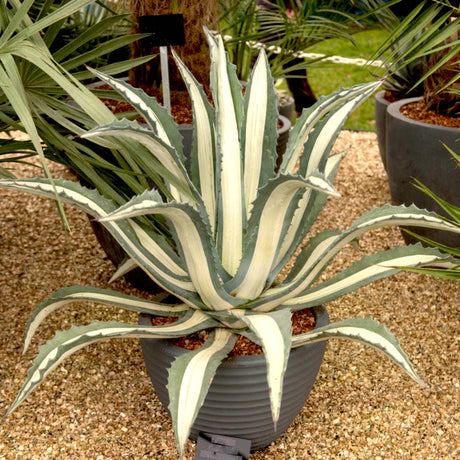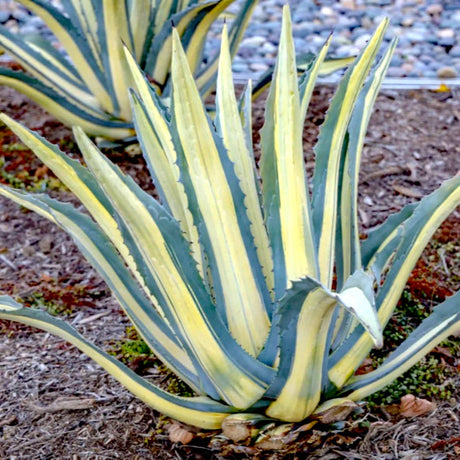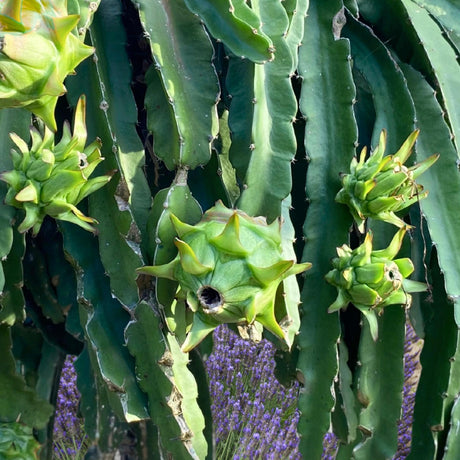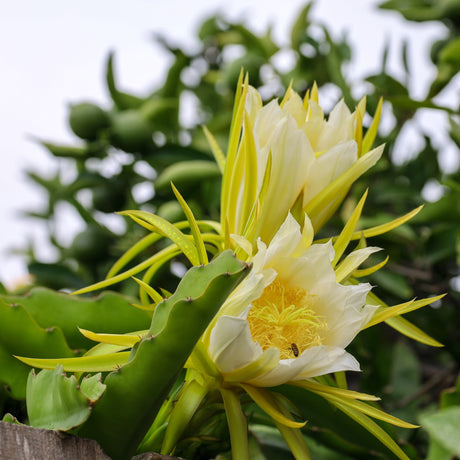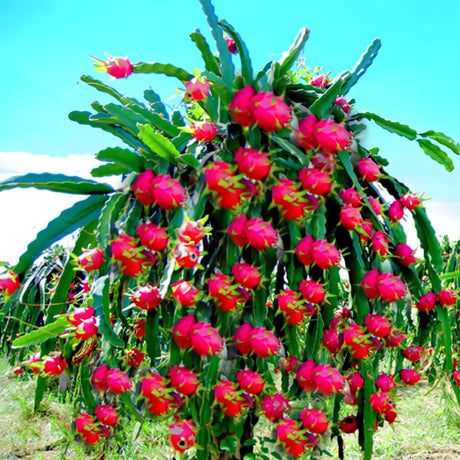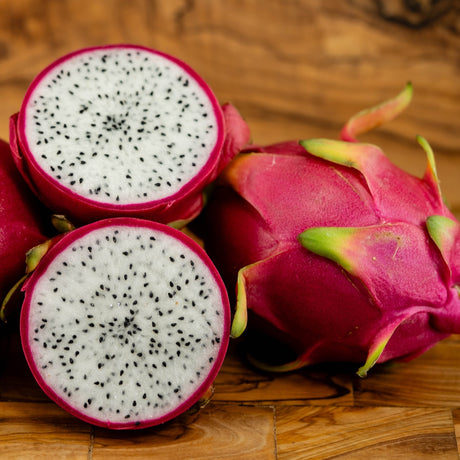Vanilla Bean Plant - Vanilla Planifolia
$19995$31995Unit price /UnavailablePeppercorn Vine | Black Pepper Plant
$12995$29995Unit price /Unavailable- $12995
$29995Unit price /Unavailable - $2195
$3395Unit price /Unavailable - $1495
$2295Unit price /Unavailable - $9995
$18795Unit price /Unavailable - $11995
$25995Unit price /Unavailable - $11995
$25995Unit price /Unavailable Agave Americana 'Mediopicta Alba'
$11995$25995Unit price /Unavailable- $8995
$19995Unit price /Unavailable Dragon Fruit Cactus (White Fleshed)
$4495$7095Unit price /Unavailable
Edible gardening isn’t just about growing traditional fruits and vegetables—it also includes unique plants that don’t fit neatly into standard categories like trees, bushes, or vines. This category is where we save space for incredible edible plants like tea plants, nut trees, and versatile herbs that bring both flavor and function to your garden.
Special Edible Plants in This Category
- Tea Plants (Camellia sinensis): Grow your own tea leaves for fresh, home-brewed green, black, or oolong tea.
- Nut Trees: Almonds, walnuts, pecans, and hazelnuts provide long-term harvests and can be great shade trees.
- Herb Plants: Beyond basic kitchen herbs, this category includes medicinal and specialty herbs like lemongrass, stevia, and lavender.
- Other Unique Edibles: Think outside the box with plants like wasabi, ginger, saffron, and vanilla orchids!
These plants might not fit traditional categories, but they bring long-term value, unique flavors, and endless possibilities to your edible garden. Whether you're looking to brew your own tea, grow your own protein-packed nuts, or experiment with rare and exotic edibles, this section is full of plants that enhance both your garden and your table.
Edible gardening is all about growing your own food, whether it’s fresh herbs, vegetables, fruits, or even edible flowers. It’s a rewarding way to eat healthier, save money, and enjoy fresher flavors straight from your backyard, balcony, or even indoors.
Why Try Edible Gardening?
- Fresh & Organic – You control what goes into your soil and plants, avoiding pesticides and chemicals.
- Cost-Effective – Growing your own produce can cut down on grocery bills.
- Sustainable – Reduces food waste, packaging, and transportation emissions.
- Therapeutic & Fun – Gardening is a great stress-reliever and a fun hobby for all ages.
What Can You Grow?
- Nut Trees: Long-term investments that provide protein-packed harvests. Almonds, walnuts, pecans, hazelnuts, and chestnuts can thrive in the right climate, offering both food and shade.
- Tea Plants (Camellia sinensis): Brew your own green, black, or oolong tea straight from your garden with this versatile shrub.
- Coffee Plants: Grow your own coffee beans at home! While best suited for warm, humid climates, coffee plants can also thrive indoors with proper care.
- Vanilla Beans (Vanilla planifolia): A unique and rewarding challenge for home gardeners, vanilla orchids produce the world’s most beloved spice—vanilla.
- Herb Plants: Beyond basic kitchen herbs, this category includes both culinary and medicinal varieties like lemongrass, stevia, lavender, and holy basil.
These plants might not fit traditional categories, but they bring long-term value, unique flavors, and endless possibilities to your edible garden. Whether you’re looking to brew your own coffee and tea, grow a supply of protein-rich nuts, or experiment with rare and exotic edibles, this section is full of plants that enhance both your garden and your table.
Getting Started
- Choose the Right Spot: Most edible plants need at least 6 hours of sunlight daily.
- Pick the Right Soil: Good drainage and nutrient-rich soil are key for healthy plants.
- Start Small: Begin with easy-to-grow plants like herbs or salad greens.
- Water Wisely: Keep soil moist but not waterlogged, and adjust for your climate.
- Harvest & Enjoy: Pick your produce at its peak for the best flavor and nutrients.


